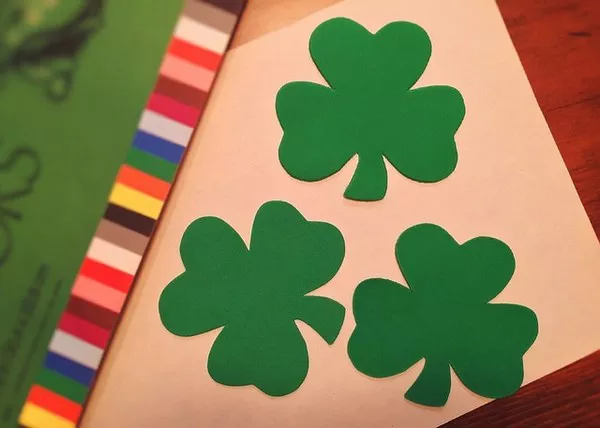St. Patrick’s Day, a global celebration of Irish culture, is more than just an excuse for revelry. Although it’s marked by parades, pints of Guinness, and the wearing of green, the day honors St. Patrick, the patron saint of Ireland. While most know the day commemorates his death, few understand the rich history behind the man himself. Here are seven lesser-known facts about St. Patrick and the holiday that bears his name.
1. St. Patrick Wasn’t Irish
Although he is synonymous with Ireland, St. Patrick was born in Roman Britain in the late 4th century. At 16, he was captured by Irish raiders and sold into slavery, where he tended sheep. After escaping and returning home, Patrick later became a Christian missionary and returned to Ireland to convert its pagan inhabitants.
2. St. Patrick’s Colour Was Blue, Not Green
Today, green is associated with St. Patrick, but in his time, he was depicted in blue robes. Known as “St. Patrick’s blue,” this shade was once Ireland’s official heraldic color. The switch to green occurred in the 18th century, as the Irish independence movement adopted the shamrock as a symbol of resistance. Ironically, St. Patrick’s blue still holds a place in Ireland’s national symbols.
3. His Birth Name Wasn’t Patrick
St. Patrick’s birth name was Maewyn Succat. Born to Christian parents in Britain, he didn’t initially follow their faith. After his religious transformation, he took the name Patricius (later simplified to Patrick) upon becoming a priest and returning to Ireland.
4. The Legend of the Snakes
One of the most enduring myths is that St. Patrick drove all the snakes out of Ireland. While this is a popular story, scientists confirm that Ireland never had snakes to begin with. Some believe the story symbolizes Patrick’s success in driving paganism out of Ireland, paving the way for Christianity.
5. The Day Was Once Solely Religious
St. Patrick’s Day was originally a religious observance. In 1903, it became an official holiday in Ireland, but up until the 1970s, pubs remained closed on March 17. It wasn’t until 1995 that the Irish government began to use the day as a tool for promoting tourism and showcasing Irish culture worldwide. The focus on partying and parades emerged in the 20th century.
6. Parades Started in the U.S.
While St. Patrick’s Day has been celebrated for over a thousand years in Ireland, the first parades began in America. The earliest known parade was in Boston in 1737, but it was the 1762 New York City parade that set the tone for the grand celebrations we see today. These parades became a platform for Irish immigrants to showcase their pride and unity, especially during times of hardship.
7. St. Patrick’s Final Resting Place Remains a Mystery
Though several locations claim to be St. Patrick’s burial site, no one knows for certain where he was laid to rest. The most widely accepted location is Downpatrick in Northern Ireland, where the saint’s tomb is said to be located. However, some believe he could be buried in Glastonbury Abbey in England, adding to the mystery surrounding his final days.
St. Patrick’s legacy continues to resonate, not only through the global celebrations but also in the enduring mystery of the man who brought Christianity to Ireland and shaped its culture.
Related topics:
Best European Holiday Destinations for a Cheap Pint
State Hermitage Museum Introduces Free Admission on Public Holidays to Enhance Visitor Experience
March Break Begins Early in Durham Region as Some Students Get an Extra Holiday


